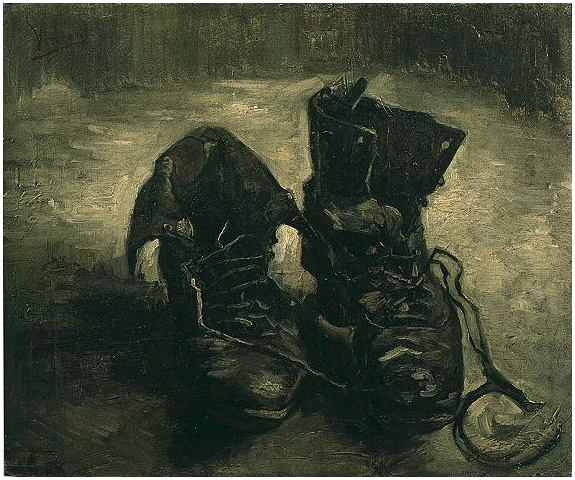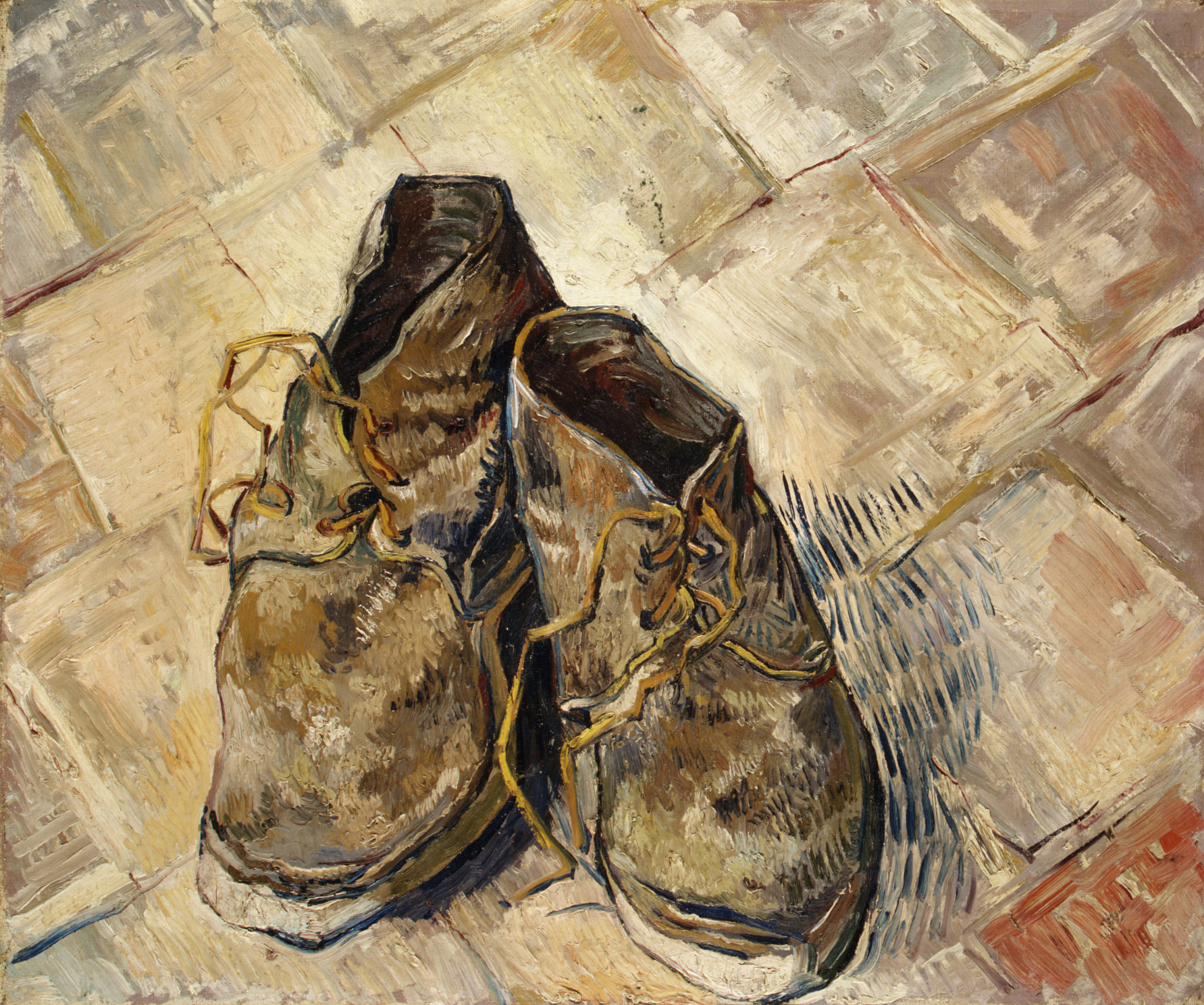Shhh...just watch..
This is Shodo Harada Roshi, the head of the Rinzai Zen monastery of Sogenji, Okayama, Japan, giving a demonstration of Zen Calligraphy. Harada Roshi is also the head of the worldwide One Drop Zen-buddhist community.
I have often known that a spiritual discipline leads to the most extraordinary art, especially in the Eastern forms such as Zen or the martial arts such as kung fu or Tai Chi. The complete mastery over space, the beautiful sense of rhythm and complete control over the technique in such forms have always held me enthralled.
In this particular demonstration you can see the undivided attention, perfect comprehension of space, highly calibrated and skilful use of pressure in the strokes--and a pregnant silence that permeates the space.
Calligraphy, amongst several others, is an art form that calls for the practice of "no-mind" or a mental stillness acquired by years of spiritual practice. Each piece of artwork that we just witnessed being created is therefore the result of true mental calmness and focussed intention.
I am still holding my breath...! Whew..
This is Shodo Harada Roshi, the head of the Rinzai Zen monastery of Sogenji, Okayama, Japan, giving a demonstration of Zen Calligraphy. Harada Roshi is also the head of the worldwide One Drop Zen-buddhist community.
I have often known that a spiritual discipline leads to the most extraordinary art, especially in the Eastern forms such as Zen or the martial arts such as kung fu or Tai Chi. The complete mastery over space, the beautiful sense of rhythm and complete control over the technique in such forms have always held me enthralled.
In this particular demonstration you can see the undivided attention, perfect comprehension of space, highly calibrated and skilful use of pressure in the strokes--and a pregnant silence that permeates the space.
Calligraphy, amongst several others, is an art form that calls for the practice of "no-mind" or a mental stillness acquired by years of spiritual practice. Each piece of artwork that we just witnessed being created is therefore the result of true mental calmness and focussed intention.
I am still holding my breath...! Whew..


